Interesting facts about snakes
Snakes are elusive, mysterious, more often than not misunderstood, but one of the most fascinating species that plays a vital role for our ecosystem to thrive and flourish. There are innumerable interesting and intriguing facts about snakes, which include their behaviour, habits and habitat which we share with you.
We list out some interesting facts about snakes in the Indian subcontinent.
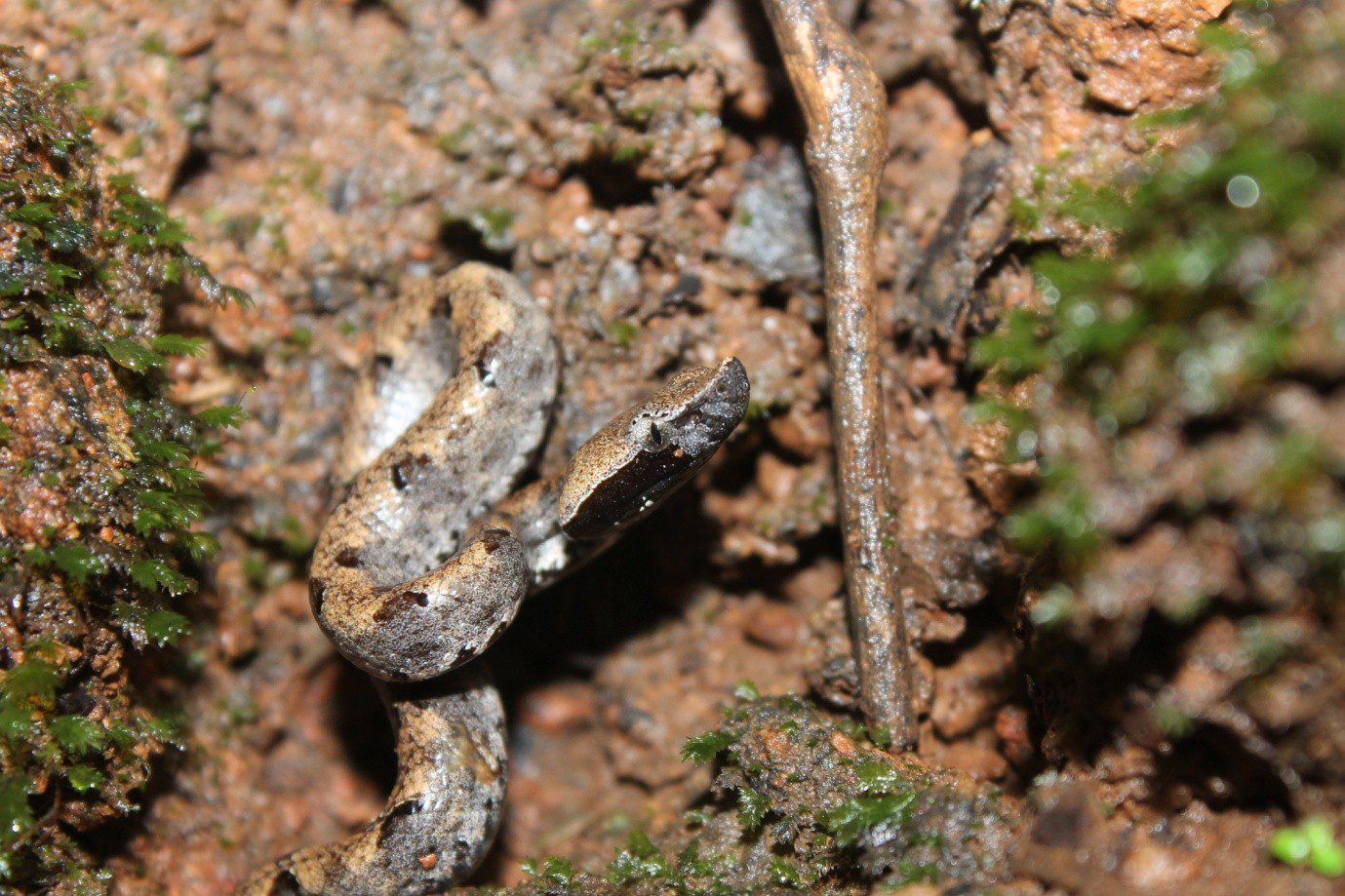
1. Nest Building:
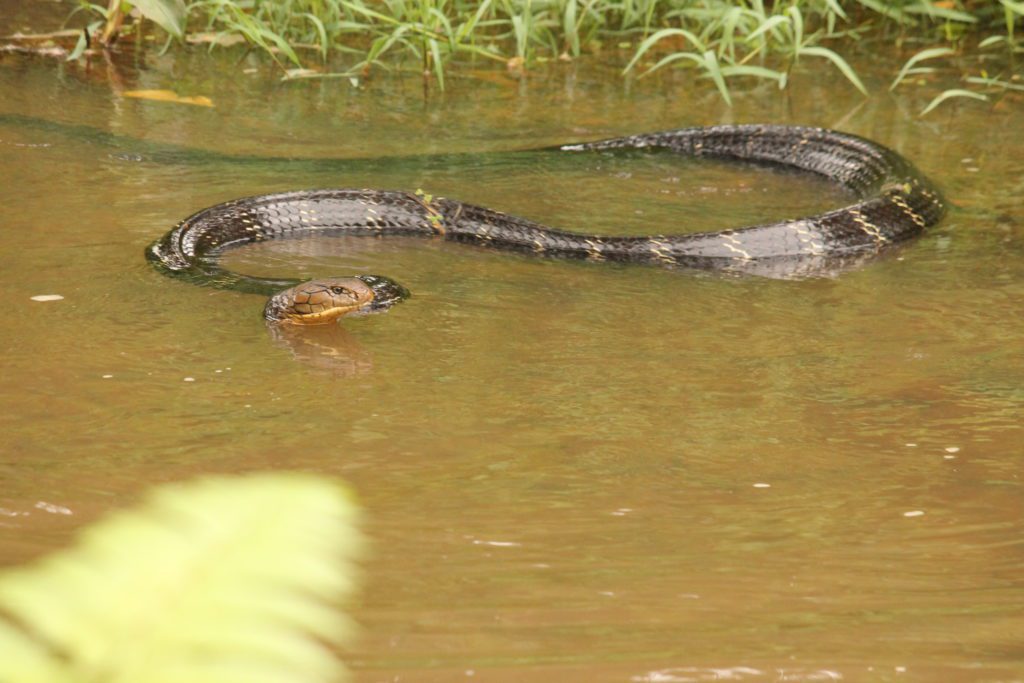
In the world of snakes, female King Cobra (Ophiophagus hannah) is the only snake that builds nest. They do it only when they are close to laying eggs. It is very interesting to observe how a limbless animal like this one can build a nest. The female uses decomposing and decaying materials like leaves, weeds and other rotting vegetation. Using her own body similar to a rake, she collects and makes a roundish pile of it. She tightens it further by gripping it with her body. Fascinating right!
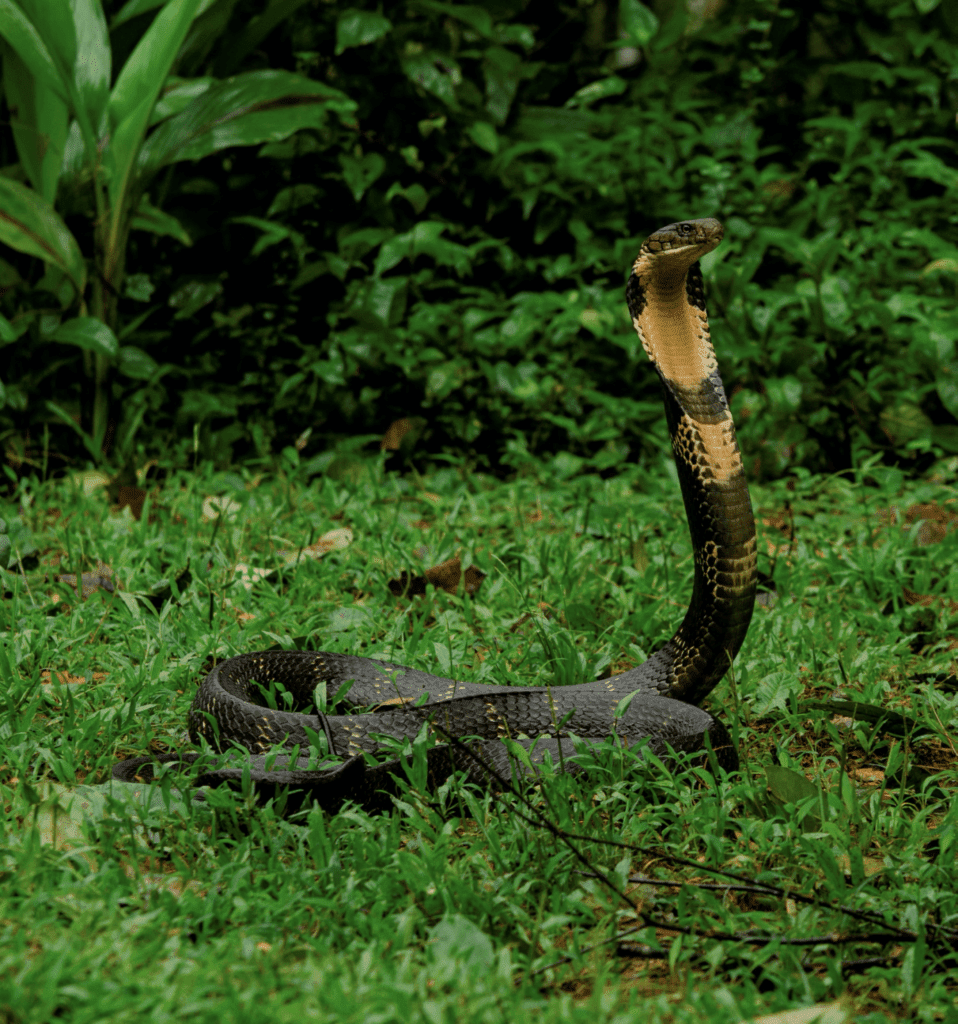
The size of the nest is roughly 3 to 4 feet in diameter while the height varies between 1 to 3 feet. Heat generated by these materials, help in the process of incubation of the eggs. And also provides the female the much needed camouflage to hide herself and the eggs.
Researchers are still working on how they maintain the humidity and temperature inside the nest. The Mother King Cobra guards the nest and the eggs ferociously till they hatch. They can be very aggressive during this period.
King Cobra is the longest venomous snake in the world. They can grow up to 18 feet and more in the length.
2. Moulting:
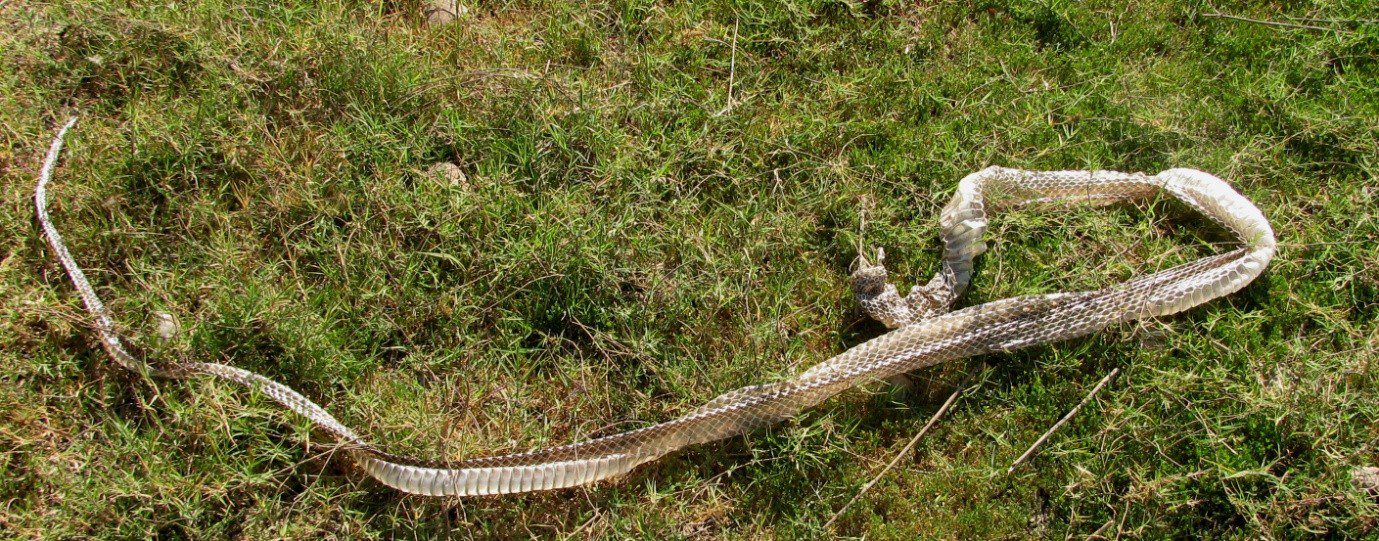
Just like other animals, snakes shed their skin too (moulting). The process of moulting in snakes has evolved differently than other species, like mammals and birds. (Yes! we humans moult too, but in a different form. We get rid of our dead skin cells regularly and hence, we don’t realise or notice it).
Moulting is a very interesting phenomenon in snakes, but very rare to get a chance to observe in the wild. Just like we remove a worn sock from our leg, snakes peel-off the layer of dead cells starting from mouth to tail.
On an average adult snakes moult once in 3-4 months, while juveniles or baby snakes moult once in 2-3 weeks as their growth rate is faster as compared to adults.
By observing the scale count on the shed skin, one can identify the species. Moulting helps the snake grow in size and maintain its health.
3. Birthing:
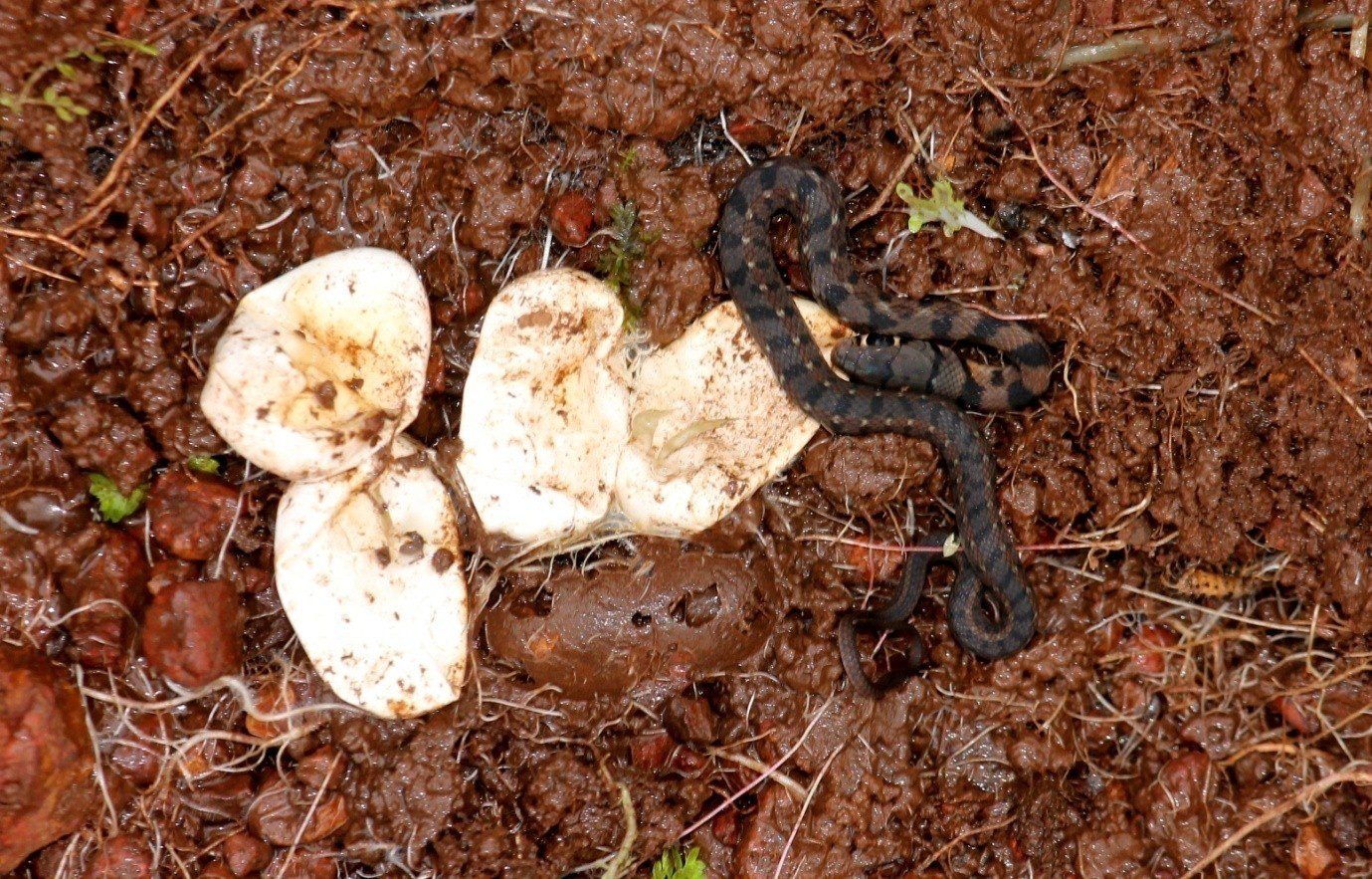
There are three distinct ways in which snakes give birth, namely: Oviparity, viviparity and ovoviviparity. This diversification helps us to classify the animals as well and also show the lineage of the evolution.
Oviparous: It is a common way of reproduction in the snakes. Oviparous means the group of animals who lay eggs. King Cobra, Cobra, Rat Snake, Indian Rock Python, etc. are some examples of the oviparous snakes.
Viviparous: Viviparous means the group of animals who give birth to young ones. Some snakes have evolved to viviparity. In viviparous snakes, female does not develop enclosed eggs, but gives birth to live young. The best known examples are boa constrictors and green anaconda.
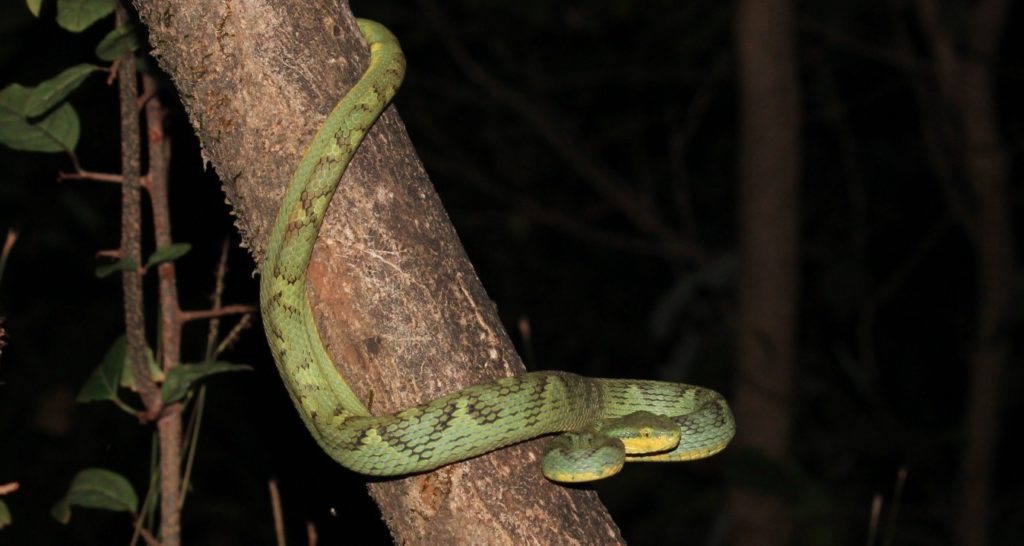
Ovoviviparous: This is the third type of reproduction seen in the snakes. Ovoviviparity means the eggs are developed internally in the body of female snake and then she gives the birth to young ones. As per new research published by Romulus Whitaker & Ashok Captain (2008), around 25% of Indian snakes are ovoviviparous. Sand boas, sea snakes, vine snakes, vipers etc. are some of the examples ovoviviparous snakes from India.
4. Parthenogeny:
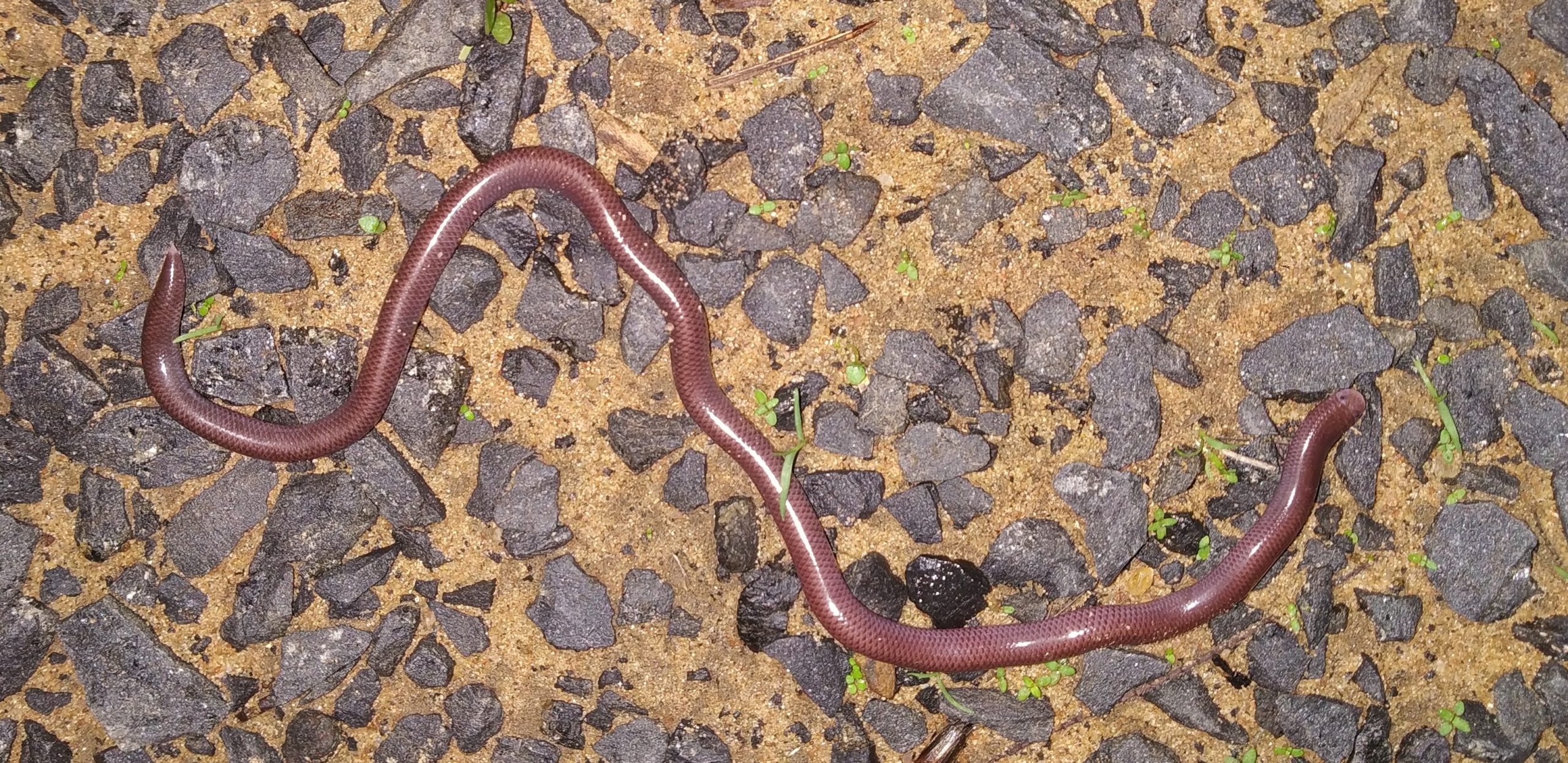
Parthenogeny is reproduction in which female can develop babies without mating with male. Parthenogeny is very common in insects. Now new studies are indicating that it might be common in the snakes as well. It is also known as ‘Virgin Birth’.
Brahminy blind snake (Indotyphlops braminus) is one such snake that reproduces through parthenogenesis. It is also one of the smallest snakes in India. They are very similar to worms or earthworms in their behaviour. Till date, all recorded specimens of this snake are females. They love to burrow near roots of the plants, even in the pots. They mainly feed on the larvae of insects, termites, ants etc. They are one of the widest spread species of snakes in India, and due to the ability to breed through parthenogeny; a single individual can start a colony.
5. Gliding snake:

A group of “flying” snakes, particularly belonging to Chrysopelea spp., has taken the evolution one step ahead. As the name suggests, these snakes use gliding techniques for locomotion and hunting down their prey.
In India, till date we have records of 3 species of flying snakes and the commonest among them is Ornate flying snake (Chrysopelea ornate).

As per new research, these snakes are capable of changing their flying path mid-air. For gliding, they gain some height by climbing to a height and dive downward towards a target. After jumping from the high point, they flatten their cylindrical body by spreading their ribs forward. During this process the body width becomes double the original body width. This spreading of their body transforms them in a parachute-like structure. Using undulation of the air and head movement, they create lift and can glide for up to 100 meters.
Aerodynamics of the gliding snakes are opening new horizons for researchers in the field and also inventors beyond this filed.
6. Snakes living in High altitudes:
Himalayan Pit Viper (Gloydius himalayanus) holds the record of the snake living on highest altitude till date as per the Natural History Museum, Animal Records, Mark Karwardine, 2008 & Limca Book of Records, India at her best, 2018. The records show that they can live at the altitude more than 4000 meters in the mountains.
Researchers are working on how these cold blooded animals are surviving the harsh and extreme climate conditions.
7. Unique food habits:
As part of evolution, some snakes have developed specific food habits. One of the main purposes behind this is to avoid food competition.
Following are some examples:
i) Snail Eating snakes (Pareas): These snakes are specialised in eating snails. For that they have evolved asymmetric lower jaw which helps them in eating the snail mostly from the clockwise-coiled (dextral) shell. These snakes are common in Northeast India and some Mangrove areas near Eastern coast.
ii) Indian Egg-eater Snake (Elachistodon): There were only handful records of such species from 1836 till 2005. But after 2005, multiple records have been documented from India. These snakes are specialized in eating bird eggs mainly. They have evolved in such a way to suit eating eggs that their teeth size is reduced, and their mouth can stretch and open enormously as compared to the rest of the snake
iv) Earth worm eating snakes (Uropeltoidea):
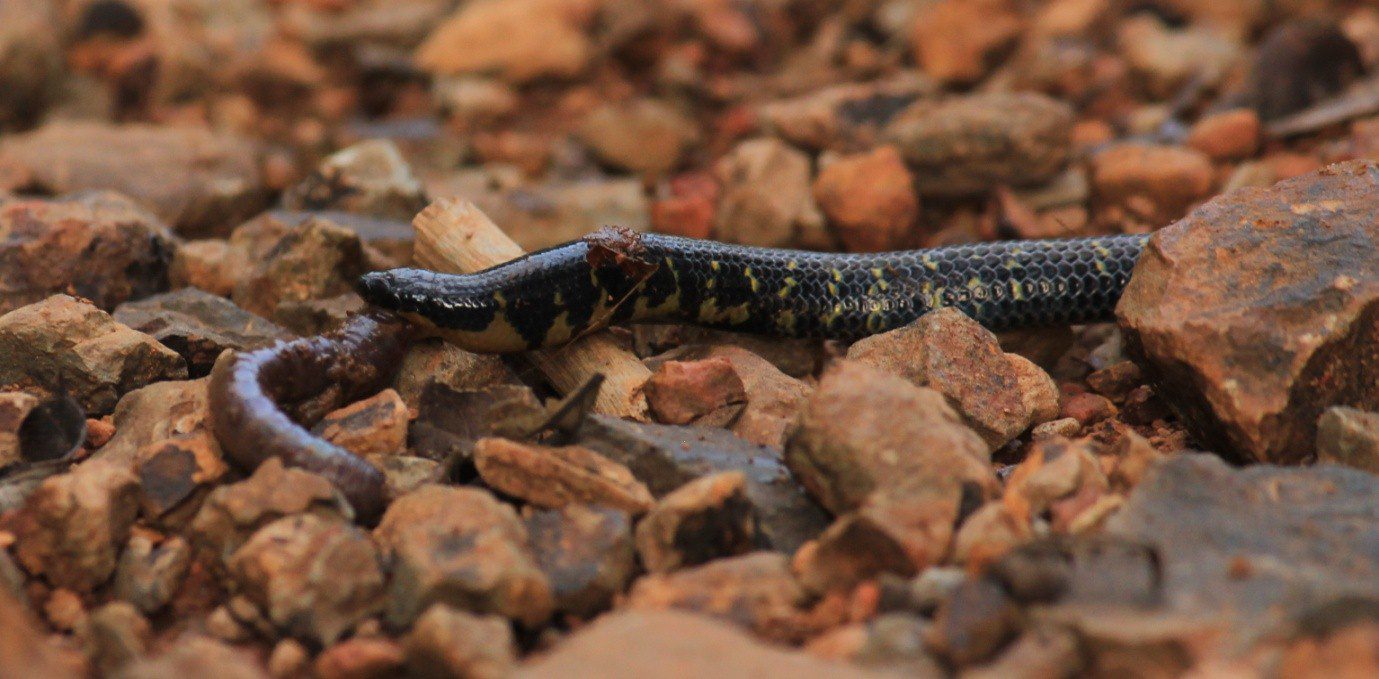
Shield Tailed snake is a group that belongs to a super family known as Uropeltoidea. They specialise in eating earthworms. Their diet consist mostly earthworms, along with other invertebrates.
8. Territory:
We know very few little about snakes, and a lot still remains to be discovered about their behaviour. Studies have been undertaken to collect scientific evidences about the territorial behaviours of snakes. As far as we know, some snakes tend to have their own territory. But still we can see few snakes of the same species staying in very close proximity depending on the availability of food, shelter and other factors.
9. Binocular vision:
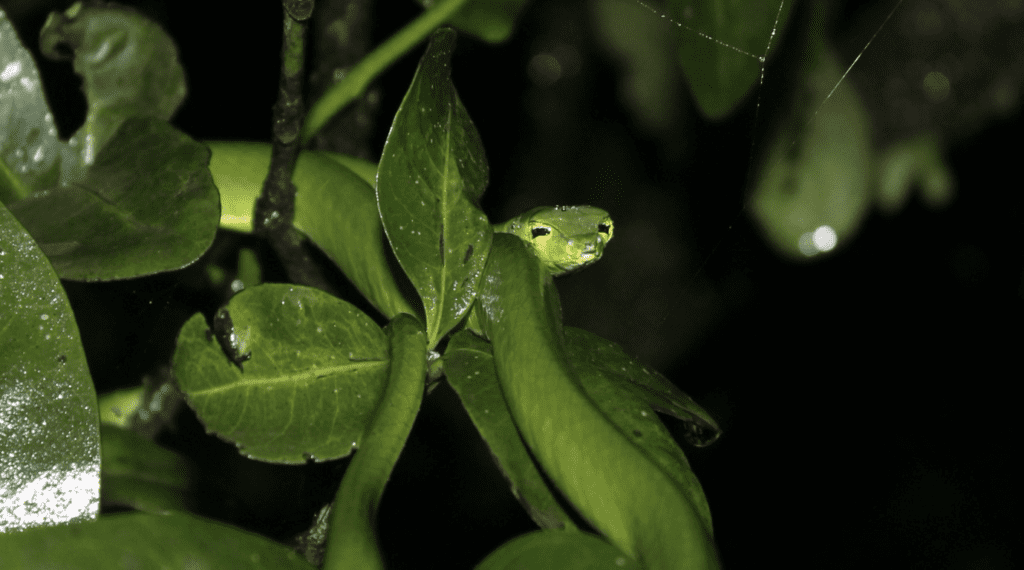
Binocular vision means where images received from both the eyes are overlapped and give one combined focused image. Some snakes have binocular vision. Vine snakes, found in India and South East Asia, are unique snakes with binocular vision. They belong to genus Ahaetull. In India, we have more than 6 species of vine snake and the newest one was discovered in 2019 after a gap of 113 years particularly. The binocular vision gives them better vision to judge the distance and depth. This is one of the adaptations helpful for the arboreal lifestyle.
10: Fangs:
Fangs are modified teeth. The main purpose of the fangs is to deliver or inject venom into the body of the prey. Based on the position of the fangs there are few distinct types of fangs such as the following:
i) Solenoglyphous Fangs: These type of fangs are among the most sophisticated ones in the snake-kingdom. It is characteristic of true vipers and pit vipers. These fangs have developed around 40 million years ago and have not changed much after that. Based on the design and use of these fangs, humans have developed hypodermic needles, one of the many examples of bio-mimicry (the design and production of materials, structures, and systems that are modelled on biological entities and processes).
These fangs are attached by hinges to the jaw and can be folded back in the mouth of the snake. This folding capacity has given an edge to vipers. And as a result they can have the longest fangs in the snake world growing up to 50 millimetres (approximately 2 Inches). This is also why they spread their mouth wide open when they bite or strike. In India, Russell’s viper has the longest fangs.
ii) Proteroglyphous Fangs: This type of fangs is a characteristic of Elapid family, which includes cobras, kraits, sea snakes etc. These fangs are much shorter as compared to solenoglyphous fangs in size.
Length of these types of fangs various between 3 to 9 millimetres depending on species. The main reason for this is that, these fangs are fixed to the jaw of snakes. Being small in size one can have more number of the fang-set in the tooth cavity, which gives them ability to hold the prey to deliver maximum venom after biting.
iii) Opisthoglyphous Fangs:

This type of fang is the characteristic of Colubrid family of snakes, which includes many venomous and non venomous snakes. Some examples are vine snakes, cat snakes, etc.
These fangs are situated towards the back of the mouth, hence these snakes are also commonly known as ‘rear fanged’ snakes. For the venom delivery through this type of fangs, the snake needs to have a chewing action to inject more quantity of venom into prey’s body.
These are some of the interesting facts about snakes of my own choice. As you start studying and reading more and more about the snakes, you will come across many more interesting facts which I am sure will amaze you no end.
Evolution is one of many nature’s marvels. It is a constant and continuous process. Even though it’s happening in front of our own eyes, we can’t really notice it, or see it happening. And that’s what makes it so fascinating! Happy exploring the lives of snakes and various other species.
@@@@@@@@@@@@@@@@@@@@@
Acknowledgment:
I am thankful to Mr. Saumitra Dhere and Mr. Vikram Vyavhare for the photos of King cobra, Ornate flying snake and Vine snake.
References:
1. The Book of Indian Reptiles and Amphibians, J.C.Daniel
2. Snakes of India The Field Guide, Romulus Whitaker & Ashok Captain
3. Natural History Museum, Animal Records, Mark Karwardine, 2008
4. Limca Book of Records, India at her best
5. http://snakesarelong.blogspot.com/2013/09/basics-of-snake-fangs.html
6. https://blog.wcs.org/photo/2015/03/11/fang-facts-snake/
Content and Images Contributed By: Kshitij Gambhir, Manager, Denwa Backwater Escape, Pugdundee Safaris
Edited By: Natasha Sinha, Content Curator, Pugdundee Safaris
Visit our lodges in Kanha, Bandhavgarh, Pench, Satpura and Panna to watch various fascinating species of the forests frolic in the untamed wild. Get in touch with our trip curators at Pugdundee Safaris to book your next wildlife holiday.
Our trip curators at Pugdundee Safaris are more than happy to assist you. Phone: +91-011-40132680 Email: [email protected]



